The iconography of Pokrov is one of the most venerated in the Orthodox tradition and commemorates the appearance of the Virgin Mary in the Blachernae Church in Constantinople in the 10th century, during a prayer vigil. The Mother of God is said to have spread her veil (homophorion) over the crowd, offering them protection and intercession.
The icon is rich in figures and symbolism, arranged on different levels representing heaven and earth:
Upper (Celestial) Level:,In the centre, in a glory of light and often on a cloud, the Virgin Mary is depicted. She is dressed in a dark mantle (often black or dark blue) and holds in her hands a veil or homophorion (a long shawl) symbolising her protection over humanity. Her gaze is turned downwards, towards the people.
On either side of the Virgin, often floating on clouds, are angels assisting her and supporting the veil. Above the Virgin, in the centre, rises a church with onion domes, typical of Russian architecture. This represents the Church itself, protected by the Mother of God.
On the upper left, in a small separate scene surrounded by a cloud, St Andrew the Madman for Christ, one of the main witnesses of Pokrov's vision, is often depicted. He is sometimes shown pointing to the apparition.
On the upper right, in a similar scene, his disciple, St Epiphanius, is often found.
Lower level (Terrestrial): Below the Virgin, on the sides, a multitude of saints, prophets, apostles and other biblical and ecclesiastical figures gather. They are arranged in two groups, one on the left and one on the right, facing the centre and the Virgin, in veneration and supplication.
Recognisable figures often include apostles such as Peter and Paul, Church Fathers, martyrs and other important saints in the Orthodox tradition. Each figure is generally identified by a golden nimbus around the head, a symbol of holiness.
The icon presents a style typical of Russian religious painting, with elongated figures, serene and hieratic faces, and a symmetrical and well-balanced composition.
The use of colour is symbolic: gold for divinity and heavenly light, blue and black often associated with the Virgin, red for martyrdom and royalty.
A large panel: 92 x 70 cm, because it was probably intended for veneration in a church or in a special context













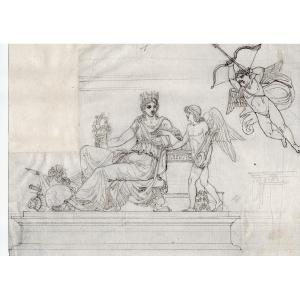
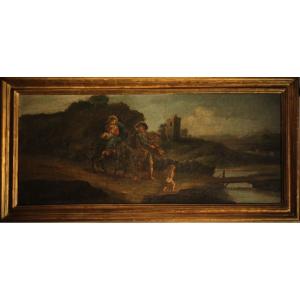




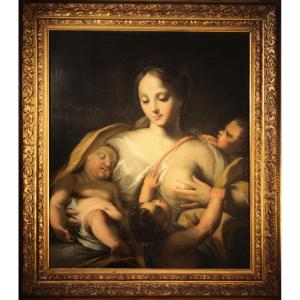


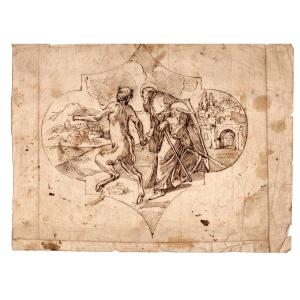


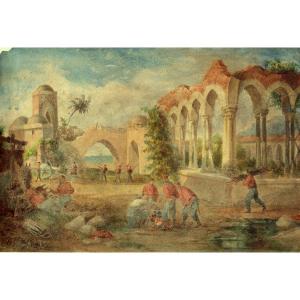


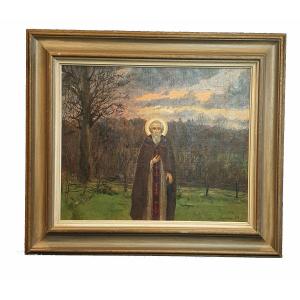
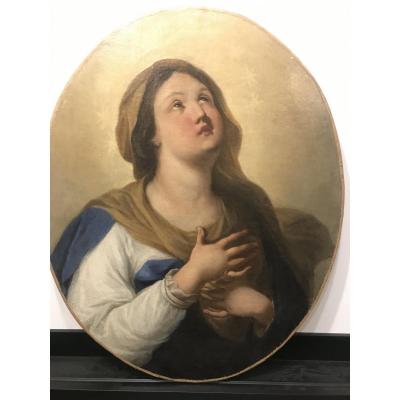
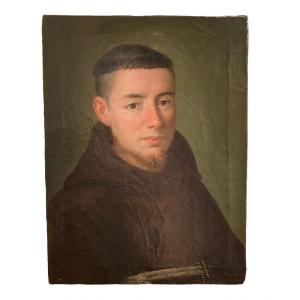



 Le Magazine de PROANTIC
Le Magazine de PROANTIC TRÉSORS Magazine
TRÉSORS Magazine Rivista Artiquariato
Rivista Artiquariato